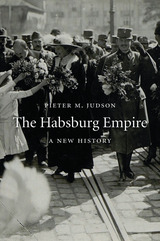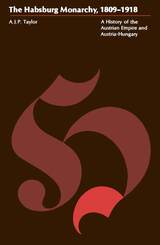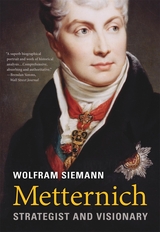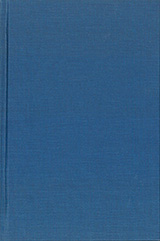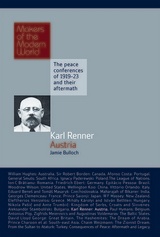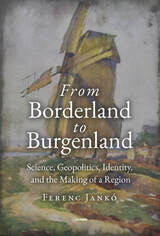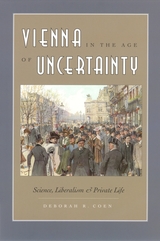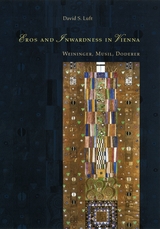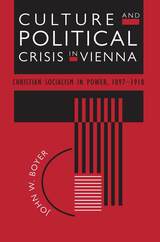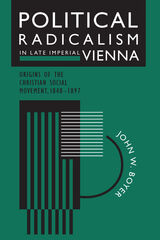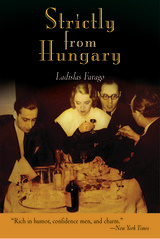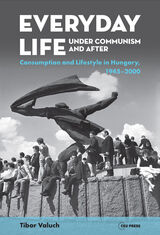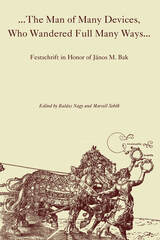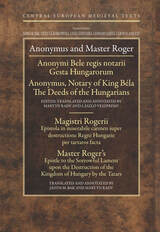Cover
Front matter
Title page
Copyright page
Contents
List of Figures
List of Tables
List of Acronyms
Introduction
Chapter One: The Study of Hungarian Everyday Life: Historiography, Methods, and Concepts
About the sources used for this volume
The concept of daily life, correlations between lifestyle and changes in society
National revenue, real wages, and changes in the standard of living
Wages, prices, inequalities
Unchanging and changing forms of poverty
Accumulating property and wealth
Consumption and consumer attitudes
The corner store, the supermarket, and the shopping center: Changes in the locations of consumer consumption
Homes, home construction, furnishings, and durable goods
Clothing and the consumption of apparel
The consumption and supply of foodstuffs
The general characteristics determining housing and the state of urban housing
Village houses, village dwellings
For those without a home: apartments for rent, beds to let, and work dormitories
Living in dire straits—slums, shantytowns, and ghettos
The general characteristics of changes in home interiors
Working-class and middle-class homes
Rural and peasant interiors
The interior world of Soviet-type housing estates
Summer and weekend homes
Need and puritanism: rural and urban styles of dress in the mid-twentieth century
Fashion and dressing habits during the state socialist period: changes in norms for everyday and formal occasions
Up-to-date fashion and the re-differentiation of apparel at the end of the century
The general characteristics of eating habits
From starvation to “goulash communism”
The years of “feeling full”
Abundance and shortages after the fall of the Iron Curtain
Conclusions
Appendix
Bibliography
Index
Back cover

